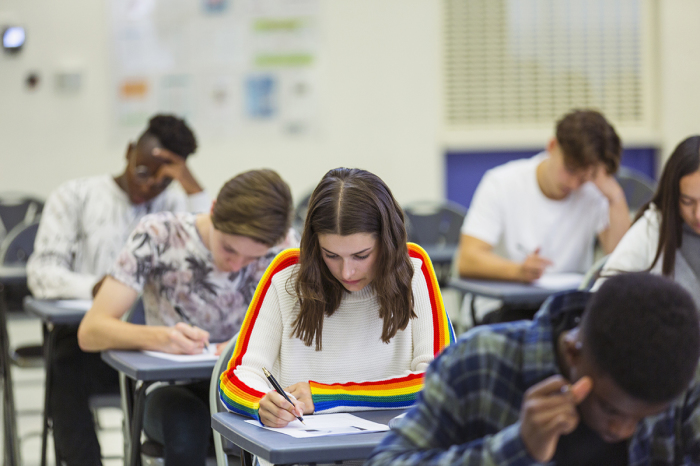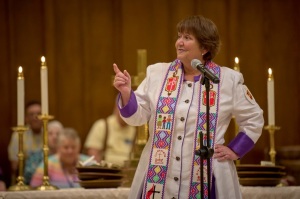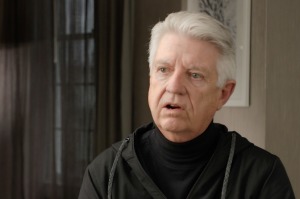Seattle Public Schools phasing out gifted students program to combat 'historical inequity'

Seattle Public Schools are phasing out a program for advanced placement classes and replacing it with a more “inclusive, equitable and culturally sensitive” approach for students, which some parents in the district contend is a bad idea.
The district’s program for highly capable learners consists of programs and sometimes entire schools for students enrolled in advanced classes to help them learn in an environment suited to their level. Three elementary schools, five middle schools and three high schools currently function as highly capable cohort schools in the district.
On its website, SPS detailed its plans to transition to a new Advanced Learning model by the 2027-28 school year to “address historical inequity.” SPS started the process of phasing out the highly capable programs in the 2021-22 school year. During the 2024-25 school year, the district plans to make its new highly capable neighborhood model available in every school.
As part of the district’s efforts to make the program "more equitable," SPS plans to offer a whole-classroom model where students learning at different levels are all in the same classroom and the teachers provide instruction through a curriculum designed to "honor individual cultures and backgrounds." The whole-classroom model, also known as Tier 1, will be available to all students at neighborhood schools, while some students will have access to Tier 2 and Tier 3 support services.
The district defined Tier 2 services as those that “increase the depth and complexity, and provide for exploration, interest-based learning, and student voice centered activities through a variety of differentiation strategies within grade level content.” Tier 3 services “are specifically matched to the student and determined by an individual needs assessment.”
“The program is not going away, it’s getting better,” the district promised on its website. “It will be more inclusive, equitable, and culturally sensitive. In particular, students who have been historically excluded will now have the same opportunities for services as every other student and get the support and enrichment they need to grow.”
Seattle Public Schools did not respond to The Christian Post’s request for comment.
In a statement to Fox 13, one parent, Simrin Parmar, said that the district’s attempt to help students who aren't as advanced would do more harm than good. Instead, the mom believes the district should expand the gifted program.
“It will not help those kids to just cut the program wholesale. We weren’t servicing enough of them,” Parmar said. “You don’t help by cutting the program. What we should be doing is identifying more children from underrepresented groups that aren’t getting a fair shake in the testing and doing more to fix that and providing these services to more kids across the city.”
“They are thriving; they are learning so much. They are curious and they are being pushed,” the mom added about the original program.
Another parent, Eric Feeny, told Fox 13 that if the district follows through with its new learning model, “the bell curve getting ignored and watering down the teaching.” Feeny was also one of several parents who expressed concerns about the budget and how the district plans to implement the changes.
“Until you have a better system, don’t give out a fake system or half solution,” Feeny said.
According to The Seattle Times, over 50% of the 5,727 highly capable students at SPS were white during the 2022-23 school year 16% were Asian, 8.2% were Hispanic and 3.4% were black. Among the student body as a whole, 45% were white, 15% were black, 14% were Hispanic and 12% were Asian. The school district, which had 51,992 students in the 2022-23 school year, also faces a $105 million deficit, prompting concerns about funding for training teachers to educate more advanced students.
The outlet also provided other reasons why SPS might have decided to phase out the original program. One potential concern is that students are not absorbing the learning material because the teachers move too fast through the curriculum, The Seattle Times reported.
Rocky Torres, the district’s associate superintendent of school and student support, claims that the new model does not require additional funding. Some parents, however, such as Karen Stukovsky, who has three students at SPS cohort schools, remain skeptical of how the district will implement the new learning model.
“You can only do so much differentiation,” Stukovsky said a principal once told her. “You have some kids who can barely read and some kids who are reading ‘Harry Potter’ in first grade or kindergarten. How are you going to not only get those kids up to grade level and also challenge those kids who are already way above grade level?”
Samantha Kamman is a reporter for The Christian Post. She can be reached at: samantha.kamman@christianpost.com. Follow her on Twitter: @Samantha_Kamman




























